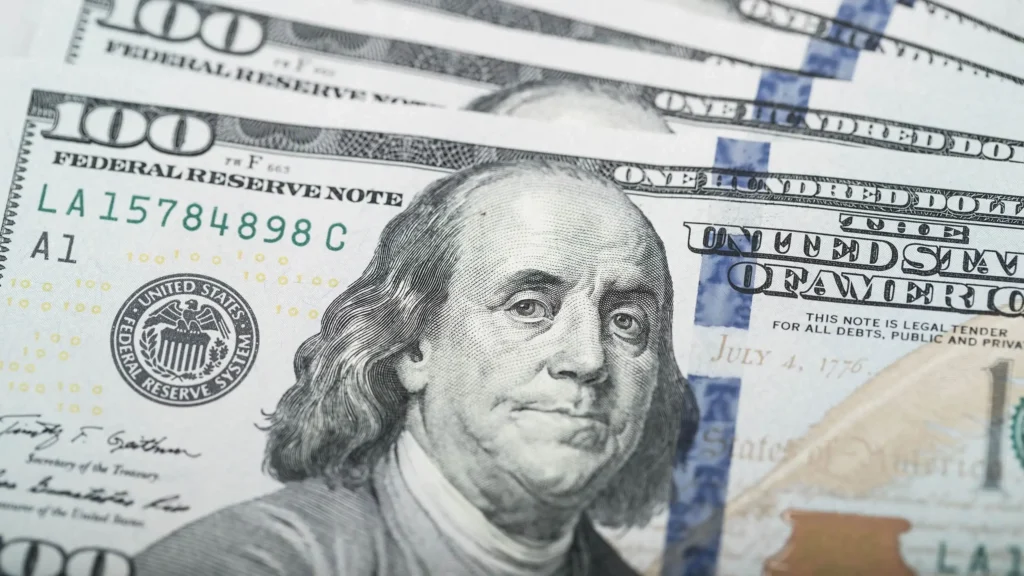The U.S. Dollar’s Intriguing Decline: Unpacking Global and Local Influences
On Tuesday, the U.S. dollar experienced significant movement, influenced by global financial trends and political events in Brazil, capturing the attention of investors worldwide. This fluctuation is a vivid illustration of the interplay between global economic strategies and regional political developments.
Global Economic Shifts and Federal Reserve Policies
The global financial landscape is currently abuzz with anticipation. Investors are expecting the U.S. Federal Reserve to cut interest rates come September, a prospect that has significantly influenced the dollar’s performance. Over recent months, signals from the Federal Reserve have suggested a more accommodative monetary policy stance in response to various economic challenges, including inflation management and stimulating growth.
This expectation of a rate cut has led to a weaker dollar in trading against major currencies. A rate cut would typically lower the yields for dollar-denominated assets, making them less attractive to investors and thereby reducing demand for the currency. As a result, the dollar fell, reflecting broader currency market dynamics and strategic economic adjustments globally.
The Brazilian Context: Lula’s Remarks and Market Reactions
Adding a layer of complexity to the dollar’s movements were events in Brazil. Early trading showed a significant dip in the dollar, with the currency falling to R$ 5.4058, a decrease of 0.72%. This initial trend seemingly aligned with the positive investor sentiment surrounding the expected U.S. policy adjustment.
However, the situation shifted dramatically when comments by Brazilian President Luiz Inácio Lula da Silva from a recent interview began circulating around noon. Lula expressed hesitancy regarding recommended budget cuts ranging between R$ 15 billion and R$ 20 billion. These statements, initially presented out of context, induced a sense of uncertainty in the markets. Investors responded by driving the dollar up to R$ 5.4641, representing an increase of 0.35%.
This reaction underscores the sensitive nature of financial markets to political statements. Investors and traders often seek stability and predictability, and any sign of fiscal policy uncertainty can disrupt market calm. The brief spike in the dollar’s value serves as a reminder of how quickly market sentiment can shift based on political developments.
The Ripple Effect: Global Markets and Investor Confidence
After the complete context of Lula’s interview was disseminated, the initial panic subsided, and the dollar resumed its downward trajectory. By late afternoon, the U.S. dollar index, which compares the greenback to a basket of six major currencies, decreased slightly by 0.03% to 104.23.
This episode highlights the interconnected nature of global and local economic factors. An event in one nation can ripple across the world, affecting currency values, investor confidence, and economic forecasts. It serves as a potent example of the delicate balance that markets maintain amidst varying economic signals and political developments.
In conclusion, the movements of the U.S. dollar on Tuesday were a reflection of both global economic strategies and specific regional events. As the world continues to navigate economic uncertainties, the role of both macroeconomic policies and political statements will remain crucial in shaping market dynamics and investor behaviors.
For more information on Brazil’s current political environment, you can visit the official website of the Brazilian government.
